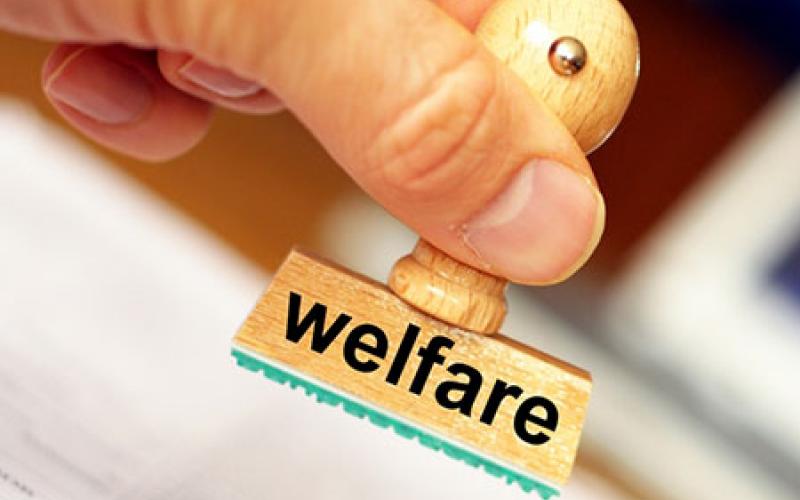Medicaid is social welfare that provides health insurance to low-income citizens under the federal and state government. The program was founded in 1965 and is funded by taxpayers under the Affordable Care Act (ACA), more famously referred to as Obamacare. Accessing health services through the program has led to an increase in enrolment.
What is Medicaid?
Medicaid is a low-income health insurance program funded by the federal and state government. It was established in 1965 and now offers 76.7 million individuals health insurance coverage as of 2021.
Is Medicaid a welfare program?
Yes and No. It is a government-sponsored insurance program with some characteristics similar to a welfare program. What distinguishes it from your typical welfare program resources is it caters to low-income earners, the elderly, disabled people, children, and expectant women. Basically, anyone whose resources and income are insufficient to cover their healthcare costs. The Children who don’t qualify for Medicaid have a special welfare program that caters to them, the Child’s Health Insurance Program (CHIP).
Medicaid doesn’t provide healthcare directly to individuals but covers doctor’s visits, hospital stays, custodial care, long-term care, and any other healthcare costs.
Medicaid is only offered to those who meet a specified low-income threshold. In contrast, welfare programs help people during tough financial times. They assist families by offering health care, food stamps, housing assistance, unemployment compensation, etc.
Medicaid is public health insurance financed by both the federal government and individual states. The federal government matches state spending while the individual states are responsible for creating and running the programs. They pay 64.5% of the bill, while the state covers the rest.
As such, the administration and coverage of the programs vary from state to state. It is currently the largest funding source for healthcare-related services for these individuals. In 2020, Medicaid spending amounted to 829.5 billion, about 20% of the nation’s healthcare bill.
Eligibility
Since its inclusion in the ACA, enrollment in the program has skyrocketed because it was decreed that all legal residents and citizens with an income below 138% of the FPL qualify. As such, the eligibility criterion has also changed. It expanded to include persons over 65, given that their income falls under the Federal Poverty Level (FPL) according to the Patient Protection and Affordable Care Act. Kids accounted for 38% of those covered and spent about 18% of the total, while persons with disabilities accounted for 14% and 36%of the costs.
To qualify, you need to fill out an application through the Health Insurance Marketplace website or through your state’s Medicaid agency. Remember, eligibility is determined using your income as per the FPL. If your income falls below 100%-200% of the poverty level, and you are among those eligible, you qualify. However, you need to keep checking the Medicaid website for any changes.
Medicaid is a godsend to the many citizens who would otherwise be without health insurance if it did not exist. And while private health insurance is great, it is out of reach for many, but Medicaid has provided a way for nearly all citizens and residents to access quality healthcare.





